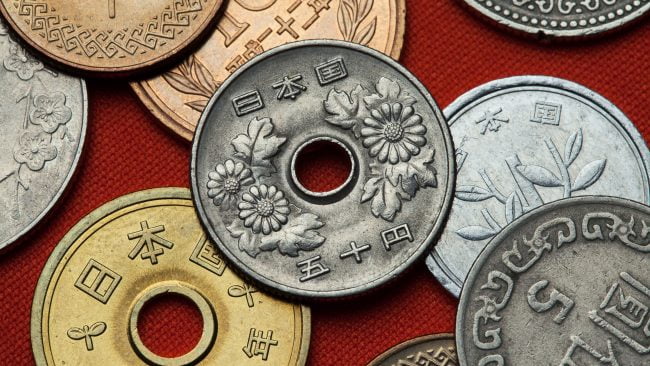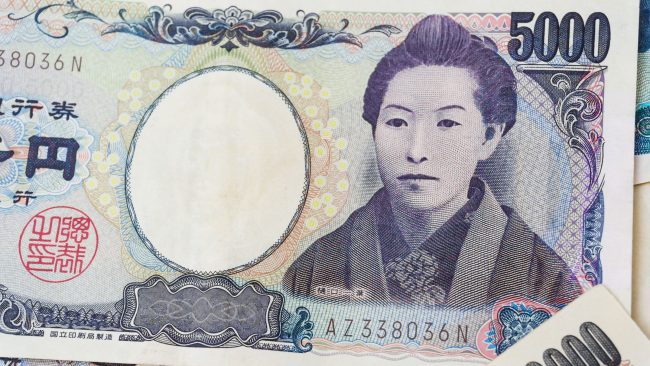Since the XNUMXth century and after the passage of various types, Japan it continues with the same currency: the yen. This is made up of several coins and bills that we show you below. In addition, we indicate what its exchange rate is compared to other world currencies.
Below you have an index with all the points that we are going to deal with in this article.
Article Index
- 1.
- 2.
- 3.
History
In the XNUMXth century, the Japanese emperors imported the monetary system from China. Some of the coins minted were the Fuhon Sen and Wado kaichin, which was made with copper. They remained until the XNUMXth century, when currency was eliminated as an object of payment.
This returned in the XNUMXth century. However, this time and until the s. XVI were imported from China. Between the seventeenth and nineteenth centuries a trimetallic monetary system developed with gold, silver and copper coins that were minted in Japan.
In the XNUMXth century, much of Asia used coins from spanish dollar (the real of a 8). However, the Japanese began to mint a silver coin, the yen, officially adopted on May 10, 1871.
From this moment, the yen suffered several stages of devaluation and its exchange rate was changed on multiple occasions. Different materials such as brass, nickel or silver have also been used.
Current currency
The ISO code of the yen it is PYN and its symbol is ¥. The word yen means in Japanese round object.
Currently we find six different coins: 1, 5, 10, 50, 100 and 500 yen. The latter is the youngest, since it was created in 1982, while the oldest is that of a yen, which has been kept since 1946.
The most characteristic coins are the 5 and 50 yen coins, since they have a hole in the center. Likewise, most models have a drawing of a plant or flower on the front.
As for today's banknotes, they began to be produced in 2004 as a replacement for those approved in 1984, which were being falsifying in great quantities.
There are 1.000, 2.000, 5.000 and 10.000 yen in them, and in them appear personalities who have stood out throughout the country's history, such as Ichiyō Higuchi, a 5.000th century novelist that we find on XNUMX yen bills. .
Exchange rate
This is the equivalence between 100 yen and some of the most important currencies in the world:
- JPY 100,00 = € 0,86 (EUR)
- 100,00 JPY = 17,11 Mexican pesos (MXN)
- 100,00 JPY = 2.609,80 Colombian pesos (COP)
- 100,00 JPY = 0,92 US dollars (USD)
- JPY 100,00 = 2,99 peruvian soles (PEN)
- 100,00 JPY = 595,89 Chilean pesos (CLP)
- JPY 100,00 = 6,74 Guatemalan quetzals (GTQ)
- 100,00 JPY = 9,19 Venezuelan bolivars (VEF)
- 100,00 JPY = 14,04 Argentine pesos (ARS)
- JPY 100,00 = 0,72 pounds sterling (GBP)
Si vas a travel to japan, you must change money. You can do it in any of the exchange houses that are in most of the cities, as well as in the airports. Also, you can withdraw yen directly at any ATM.
On the other hand, although in the past it was more difficult, today there is usually no problem paying with a credit card in most tourist establishments such as hotels and restaurants.
This article has been shared 52 times. We have spent many hours collecting this information. If you liked it, share it, please:







